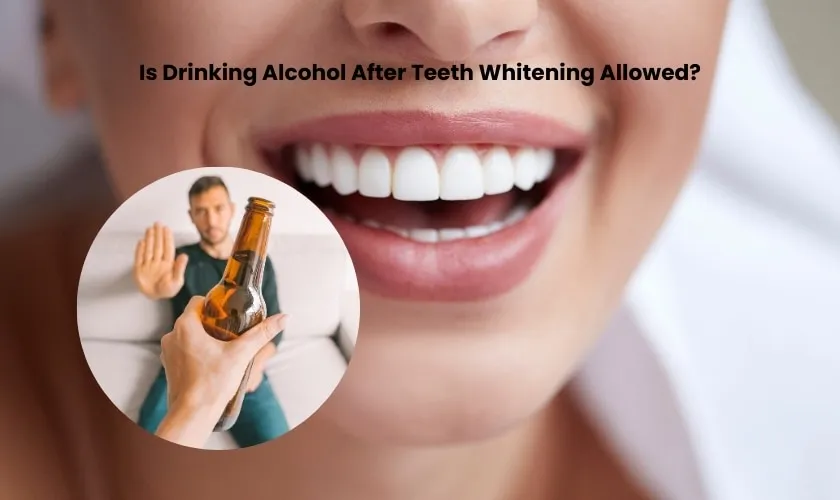The Science Behind Teeth Whitening
Teeth whitening is a popular cosmetic procedure designed to brighten your smile by removing stains and discoloration from the enamel surface of your teeth. The science behind teeth whitening involves the use of bleaching agents, most commonly hydrogen peroxide or carbamide peroxide. These agents penetrate the enamel, breaking down the stain molecules that cause discoloration. The effectiveness of teeth whitening depends on the concentration of the bleaching agent, the duration of application, and the type of stains present. Understanding the science helps you appreciate why certain substances, like beer, can negatively impact your results and why it’s crucial to follow post-whitening care instructions diligently. Proper care ensures that you get the maximum benefit from your treatment and maintain a radiant smile for a longer period. The process essentially reverses the effects of daily wear and tear, offering a brighter, more youthful appearance.
How Teeth Whitening Works
Teeth whitening treatments utilize chemical processes to lighten the shade of your teeth. Professional whitening, often done at a dentist’s office, usually involves a higher concentration of bleaching agents, leading to quicker and more dramatic results. The process typically begins with a thorough cleaning of the teeth to remove any surface debris that might hinder the whitening agent’s penetration. Then, the whitening gel is applied, and sometimes a special light or laser is used to accelerate the process. At-home whitening kits work similarly, but with lower concentrations of the active ingredient, requiring more time to achieve desired results. The key is to understand that the enamel becomes more porous during the whitening process, making it more susceptible to staining. This is where your dietary choices, particularly your beverage choices, play a crucial role in preserving your new, brighter smile. The effectiveness of the treatment, whether professional or at-home, hinges on your post-whitening habits.
The Impact of Food and Drinks
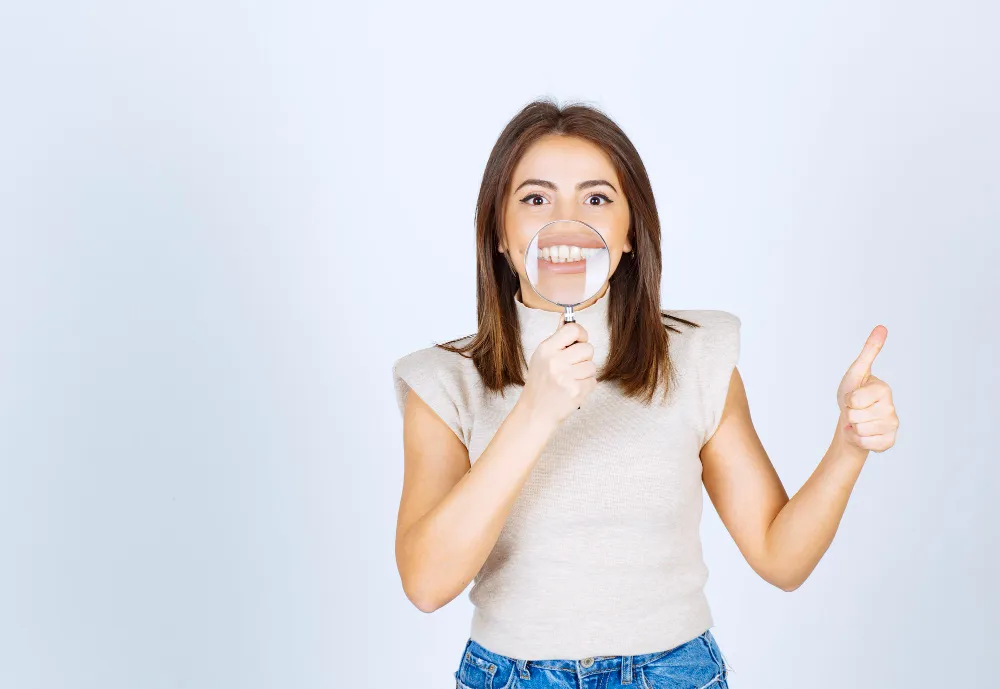
After teeth whitening, your enamel is temporarily more porous, making it more vulnerable to staining. This heightened sensitivity means that certain foods and drinks can easily penetrate the enamel and cause discoloration. Highly pigmented items such as coffee, tea, red wine, and dark berries should be avoided or consumed with extreme caution during this period. Similarly, acidic foods can erode the enamel, making it even more susceptible to staining. It’s important to be mindful of everything you consume, from snacks to beverages, in the days and weeks following your whitening treatment. Sticking to a diet of white or lightly colored foods and clear beverages will help protect your newly whitened teeth and maximize the longevity of your results. Failing to do so can lead to disappointing outcomes, negating the investment you’ve made in your smile’s appearance.
Why You Should Avoid Beer
Beer, unfortunately, falls into the category of beverages you should avoid after teeth whitening. Several factors contribute to this. Beer contains chromogens, which are color pigments that can easily stain teeth. The acidity of beer also plays a role. It can erode the enamel, making the teeth more susceptible to staining from the chromogens. Furthermore, the tannins present in beer, especially in darker varieties like stouts and porters, contribute significantly to staining. Therefore, to protect your investment in a whiter smile and avoid undoing the whitening effects, it’s best to steer clear of beer for a while after your treatment. This precaution is not about permanent restriction; it’s about giving your teeth the best chance to maintain their new, brighter shade.
The Staining Agents in Beer
The main culprits in beer that lead to staining are chromogens and tannins. Chromogens are intensely colored compounds that adhere to the enamel. Darker beers, like stouts and porters, have higher concentrations of these pigments due to the malting process. Tannins, which are naturally occurring compounds found in many plants, including barley used in brewing, also contribute to staining by helping the chromogens bind more effectively to the teeth’s surface. In addition, the acidity in beer can further weaken the enamel, making it easier for these staining agents to penetrate and discolor your teeth. For those who have invested in teeth whitening, understanding these staining agents underscores the importance of making informed choices about what you consume, especially in the initial days and weeks following your procedure.
How Beer Affects Teeth Whitening

Drinking beer after teeth whitening can significantly diminish the results of the treatment. The chromogens and tannins in beer quickly stain the porous enamel, causing your teeth to revert to their previous color or even appear more stained than before. This is because the whitening process makes your teeth more susceptible to absorbing color from everything you consume. The staining effect is often more noticeable in the initial days after whitening, when the enamel is at its most vulnerable. In addition, the acidity of beer can further erode the enamel, which exacerbates the staining process. The combined impact of these factors is a less bright, less attractive smile, negating the time and money spent on the whitening procedure. Therefore, it’s crucial to be cautious about drinking beer to preserve your newly whitened teeth.
The Risk of Drinking Beer After Whitening
The primary risk of drinking beer after teeth whitening is the potential for staining and a reduced whitening effect. The porous nature of the enamel immediately following treatment makes it highly vulnerable to discoloration from the chromogens and tannins present in beer. Aside from cosmetic concerns, there are no significant direct health risks associated with drinking beer after whitening. However, the impact on your aesthetic goals can be substantial. The discoloration can range from a slight dulling of the white shade to more noticeable staining, depending on the type and amount of beer consumed. To avoid these risks and maintain the desired results, it’s best to follow the post-whitening guidelines provided by your dentist.
The Importance of Avoiding Beer
Avoiding beer is crucial to protect and maintain the results of your teeth whitening treatment. This temporary restriction is not just about aesthetics; it’s about preserving the investment you made in achieving a brighter smile. The porous enamel created during the whitening process is highly susceptible to staining agents found in beer, such as chromogens and tannins. By abstaining from beer, you give your teeth time to re-mineralize and become less porous. This allows the whitening effects to last longer and helps you maintain a more vibrant smile. Following your dentist’s recommendations for post-whitening care is key to maximizing your results and ensuring that your smile remains radiant for an extended period. This small sacrifice can make a significant difference in the long term.
Alternatives to Beer During Whitening
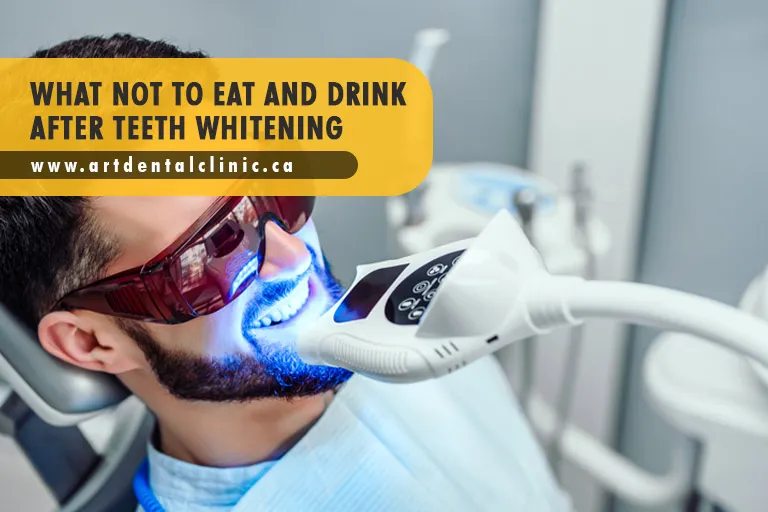
Fortunately, you don’t have to give up all your favorite beverages while waiting for your teeth to settle after whitening. There are many delicious and safe alternatives to beer you can enjoy. Clear, non-acidic drinks like water are always a great choice. You can also opt for clear sodas, though it’s best to avoid those with excessive sugar. If you enjoy something with flavor, consider beverages like clear fruit juices (apple or white grape), or sparkling water with a hint of lemon or lime. It’s best to avoid dark juices, like cranberry or grape juice. These clear alternatives allow you to satisfy your thirst without risking the discoloration of your newly whitened teeth. Remember to drink through a straw to minimize contact with your teeth.
What to Drink Instead of Beer
Choosing the right beverages can make a huge difference in how long your teeth stay white after the treatment. Water should be your go-to drink, as it helps to keep your mouth hydrated and promotes saliva production, which naturally cleanses your teeth. Clear soda or sparkling water is also a safe option. If you want a little flavor, try adding a squeeze of lemon or lime. Milk can be another good choice. It contains calcium, which helps to strengthen teeth. Avoid dark juices, red wine, coffee, and tea, as these can stain your teeth. When in doubt, remember that clear is always the best bet during this sensitive period. Always drink through a straw when possible to further reduce contact with your teeth.
Drinks That Are Safe for Your Teeth
Several beverages are considered safe for consumption after teeth whitening, helping you maintain your brighter smile. Water is the best choice. It hydrates and helps to cleanse your teeth. Clear sodas and sparkling water are also acceptable, especially if you opt for sugar-free versions. Milk is another excellent option, as it’s rich in calcium. The key is to choose drinks that won’t stain your teeth or erode your enamel. Avoid dark-colored or acidic drinks, such as coffee, tea, and fruit juices like cranberry or grape. Making informed beverage choices ensures that you protect your teeth and keep them looking their best for a longer period after your teeth whitening procedure. Stick to clear or lightly colored drinks to maintain the brightness of your smile.
Tips for Maintaining Your White Smile
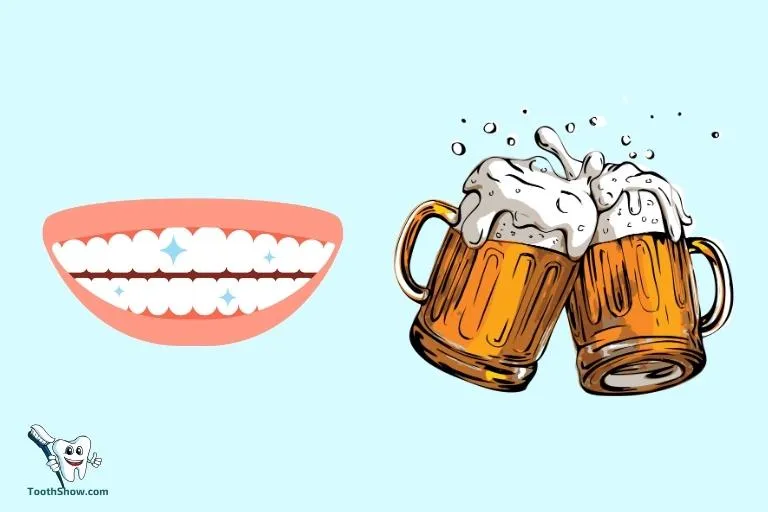
Maintaining a white smile after teeth whitening requires consistent care and attention. Regular brushing and flossing are fundamental. Use a soft-bristled toothbrush and brush gently to avoid damaging your enamel. Consider using a whitening toothpaste, but consult with your dentist first to ensure it is suitable for your teeth. Avoid smoking and chewing tobacco, as these are major contributors to tooth staining. Schedule regular dental check-ups and cleanings to remove surface stains and monitor your oral health. Be mindful of your diet, and limit your consumption of staining foods and beverages. Drinking plenty of water can help to rinse away food particles and neutralize acids. By following these tips, you can prolong the effects of your teeth whitening treatment and enjoy a brighter, healthier smile for years to come.
Post-Whitening Care and Maintenance
After teeth whitening, proper care and maintenance are crucial to preserving your results. Following your dentist’s instructions is paramount. This includes adhering to a specific diet, typically avoiding staining foods and drinks like beer, coffee, tea, and red wine, for the recommended duration. Maintain a thorough oral hygiene routine, brushing your teeth twice a day with a soft-bristled toothbrush and flossing daily. Consider using a whitening toothpaste to help maintain brightness, but consult your dentist first. Attend regular dental check-ups and cleanings to monitor your progress and address any potential issues. If you smoke, quitting can significantly improve the longevity of your whitened teeth. By following these guidelines, you maximize the effectiveness of your whitening treatment and keep your smile looking its best.
Oral Hygiene Practices to Follow
Adopting effective oral hygiene practices is essential for maintaining a bright and healthy smile, especially after teeth whitening. Brush your teeth at least twice a day, preferably in the morning and before bed, using a soft-bristled toothbrush. Brush gently in a circular motion to avoid damaging the enamel. Floss daily to remove plaque and food particles from between your teeth and along the gum line. Consider using an antimicrobial mouthwash to further reduce bacteria and keep your mouth clean. Schedule regular dental check-ups and professional cleanings every six months to catch and address any issues early on. By consistently following these oral hygiene practices, you not only maintain a white smile but also promote overall oral health and prevent potential problems such as cavities and gum disease.
When Can You Drink Beer Again?
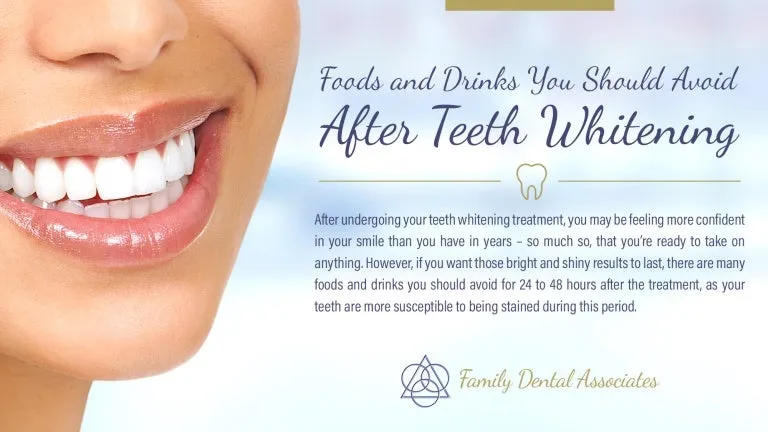
The timeline for when you can safely drink beer again after teeth whitening varies, but it’s generally recommended to wait at least one to two weeks, and sometimes longer, depending on the individual and the type of whitening treatment. During this period, your enamel is most vulnerable to staining. Your dentist will likely provide specific guidelines based on your treatment type and your individual circumstances. It’s essential to listen to your dentist’s advice. The longer you wait, the better, as it allows your teeth to re-mineralize and become less susceptible to staining. When you do start drinking beer again, do so in moderation and continue to practice good oral hygiene to minimize any potential impact on your smile. Always consult with your dentist for personalized advice.
The Timeline for Drinking Beer
The timeline for reintroducing beer after teeth whitening is crucial for preserving your results. While individual recommendations may vary based on the specific whitening treatment and your dentist’s advice, the general guideline is to avoid beer for at least one to two weeks. For some individuals, the waiting period might be even longer, especially if they underwent a more intensive whitening procedure. During this time, your teeth are particularly porous and susceptible to staining. After the initial waiting period, if you choose to consume beer, do so in moderation and practice good oral hygiene to minimize the risk of staining. Regular dental check-ups and cleanings are also vital. Following this timeline helps you maintain the brightness of your teeth and enjoy the benefits of your whitening treatment for a longer time.
Making the Most of Your Teeth Whitening
To make the most of your teeth whitening treatment, it’s important to adopt a comprehensive approach to post-treatment care. This includes following all the instructions provided by your dentist. Avoid staining foods and beverages, particularly beer, for the recommended duration. Maintain excellent oral hygiene by brushing twice a day, flossing daily, and using mouthwash. Attend regular dental check-ups and cleanings. Consider using a whitening toothpaste as part of your routine. Be mindful of the long-term impact of your diet and lifestyle choices, such as smoking, on your teeth. Protecting your newly whitened teeth requires diligence and consistency. By prioritizing these steps, you can enjoy a brighter, more confident smile for years to come and truly maximize the benefits of your teeth whitening investment. Remember, your habits directly influence the longevity and brilliance of your smile.
